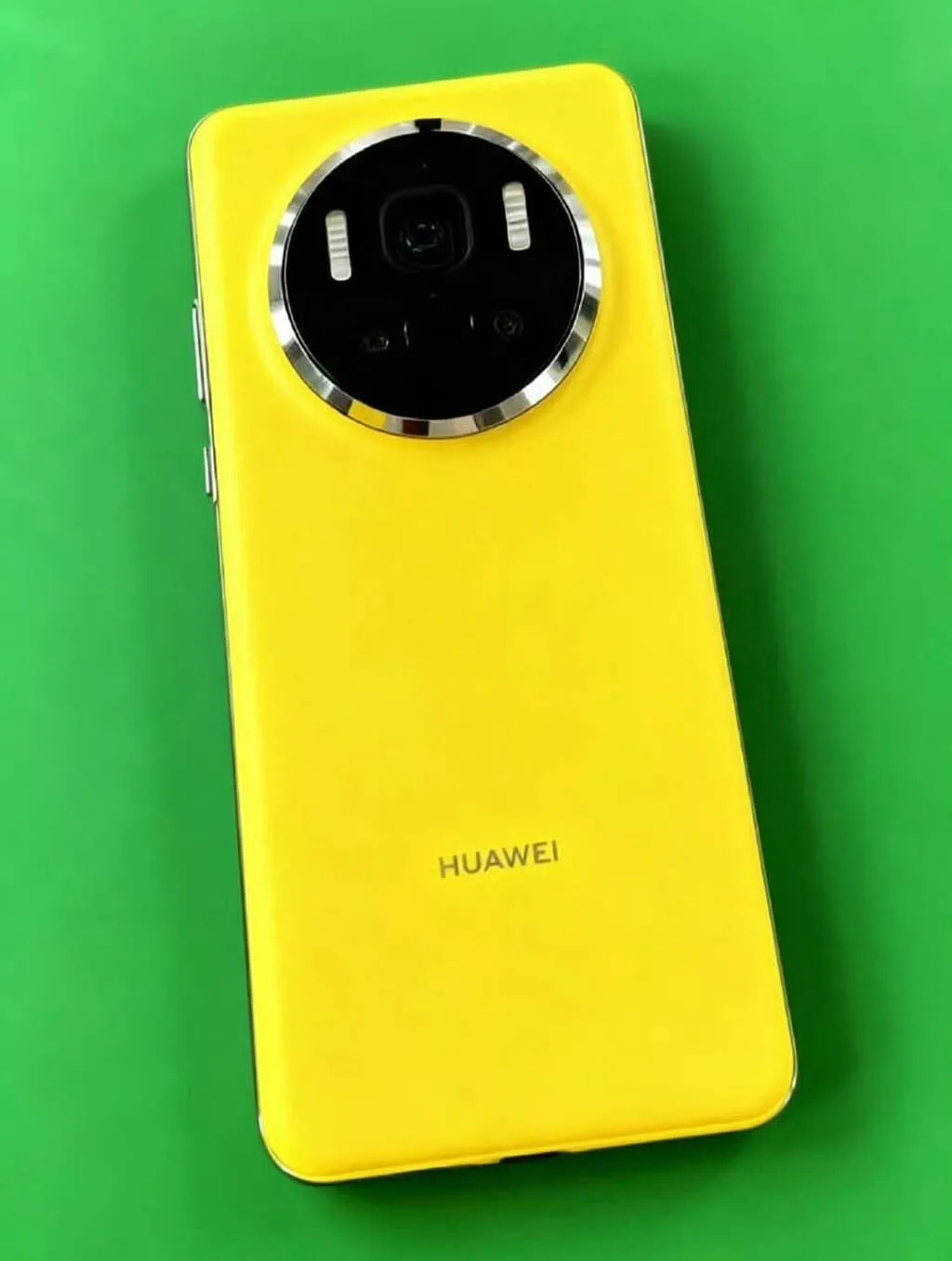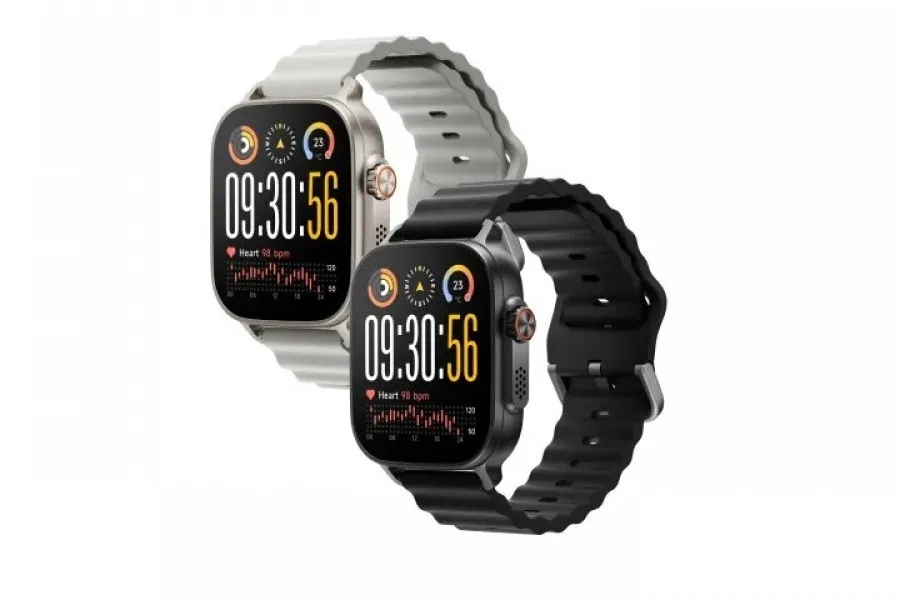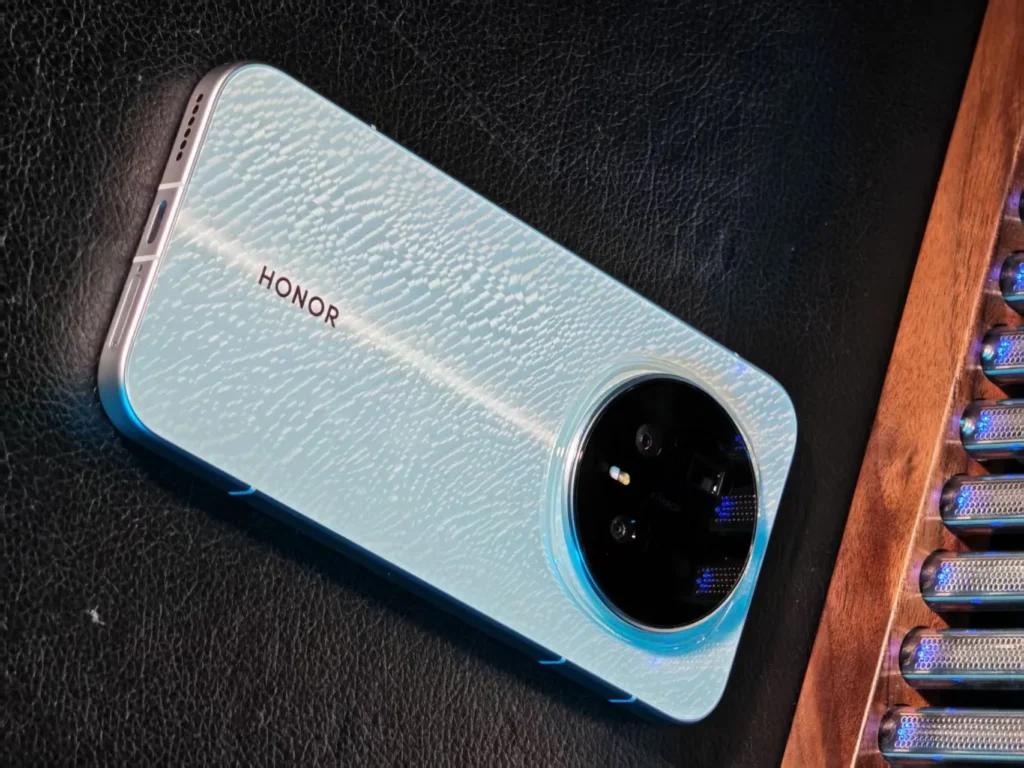Huawei Mate 80 Pro: the new circular design and triple camera revealed in real images
The Huawei Mate 80 has finally been unveiled! As the launch of the new series approaches, real photos of Huawei’s upcoming flagship have leaked online, providing a concrete first look at its design.
These images, shared on Weibo and reported by various Chinese sources, showcase what appears to be the Mate 80 Pro with a new circular camera module — a significant evolution from last year’s Mate 70 Pro.
Huawei Mate 80 Pro: A Circular Camera Module and Unique Triangular Arrangement
The most noticeable change pertains to the camera block. The Huawei Mate 80 Pro now features three sensors arranged in a triangle within a circular metal-framed module, giving it a premium and distinctive appearance.
According to the images:
- The top sensor is likely a periscope telephoto lens,
- The two lower lenses serve as the main sensor and an ultra-wide-angle lens,
- While two LED flashes and an additional sensor (probably for light or color management) complete the module.
This new triangular layout contrasts with the square block of the Mate 70 Pro, and seems to offer more space for larger sensors — a logical progression for a photography-focused smartphone.
Huawei continues to invest in mobile photography, a field where the brand remains a benchmark, even without Google services.
Premium Finishes and Multiple Color Options

The photos showcase two colors for the upcoming model: bold bright yellow and classic black, always sleek. However, Huawei is expected to offer other variants, including white, silver, and blue, during the official presentation.
At the back, the overall design remains similar to the Mate 70: slightly curved edges, satin glass back, and metallic chassis.
According to another image, the standard Mate 80 may adopt a different rear design, hinting that this new circular camera module will be exclusive to the Pro and Pro+ versions.

High-End Technical Specifications Expected
The Huawei Mate 80 series is expected to include four models: Mate 80, Mate 80 Pro, Mate 80 Pro+, and the ultra-premium Mate 80 RS. According to the latest leaks, the Pro and RS models will feature the Kirin 9030 processor, while the standard Mate 80 will utilize a slightly toned-down Kirin 9020.
On the battery front, the range is expected to support fast charging up to 100W, with some variants going as high as 120W. The Mate 80 RS is said to sport a titanium chassis and a dual-layer OLED display for enhanced brightness and durability.
A Highly Anticipated Launch… But Limited Availability
The Huawei Mate 80 will first launch in China, before a potential limited rollout in select Asian markets. However, as with the previous series, these smartphones are unlikely to contain American components or support traditional Android applications.
Users seeking to import the device will need to navigate HarmonyOS and AppGallery, Huawei’s proprietary app store — a choice that remains viable for experienced users, but more cumbersome internationally.
A Fierce Battle Ahead in the Chinese Market
The timing of the Mate 80 is challenging for Huawei. The brand is gearing up to face intense competition on its home turf, with recent models from Xiaomi, OnePlus, and OPPO already occupying the premium segment.
Will the new camera design and enhanced performance be enough to make a difference? It’s hard to say, but Huawei is determined to leverage its image as a pioneer in mobile photography to attract loyal users to its ecosystem.
The Huawei Mate 80 Pro will mark a successful visual evolution, featuring a reimagined camera module and a refined design. However, the software limitations stemming from the absence of Google services remain a hurdle for many international users.
In China, however, this new generation could potentially revitalize Huawei’s presence in the high-end market — a segment where the brand continues to be regarded as a leading force.




